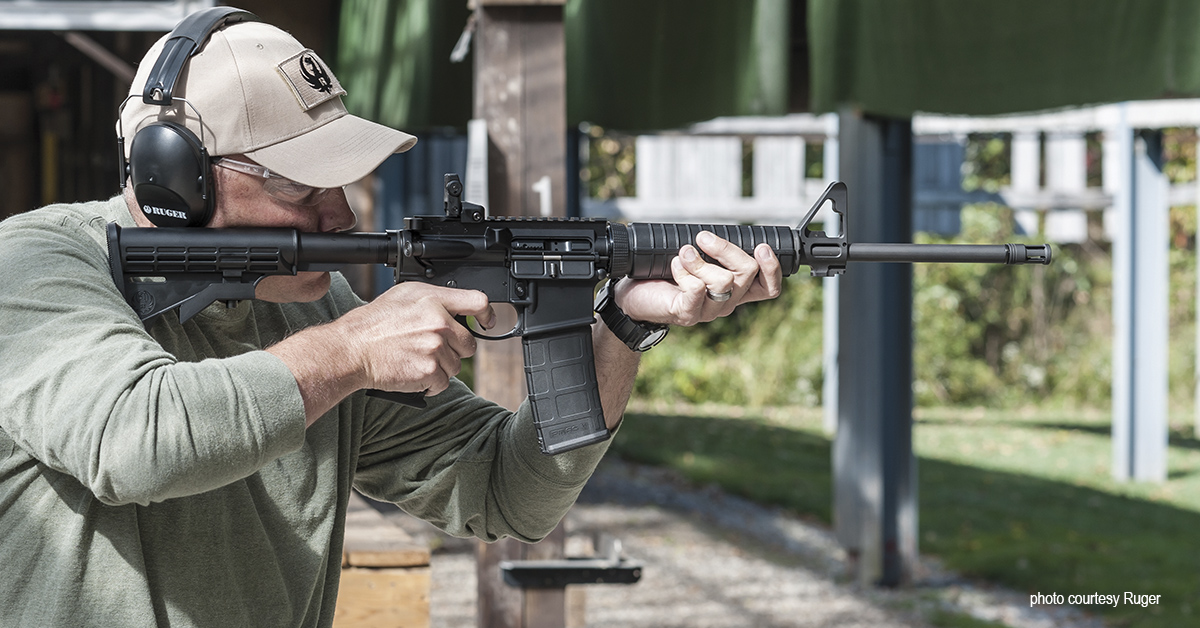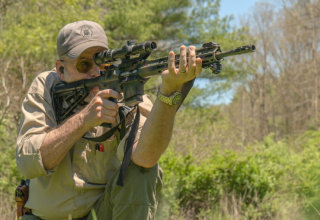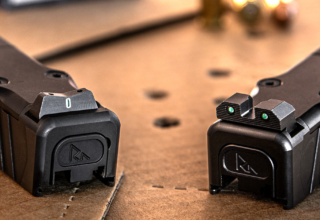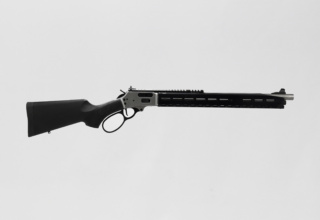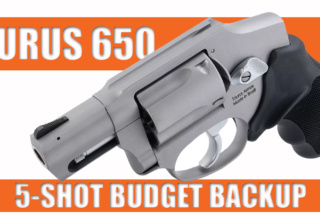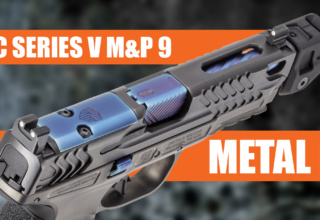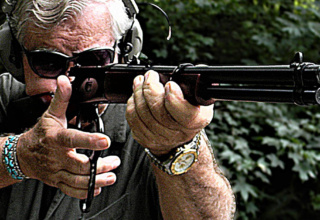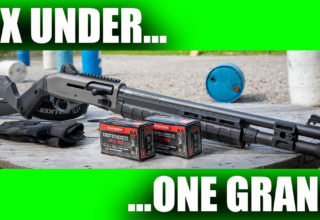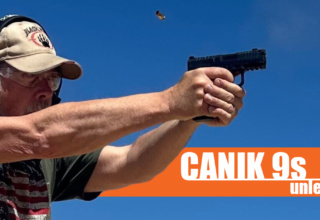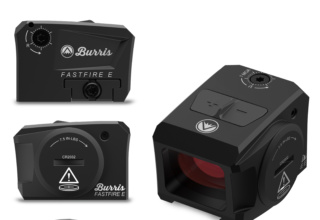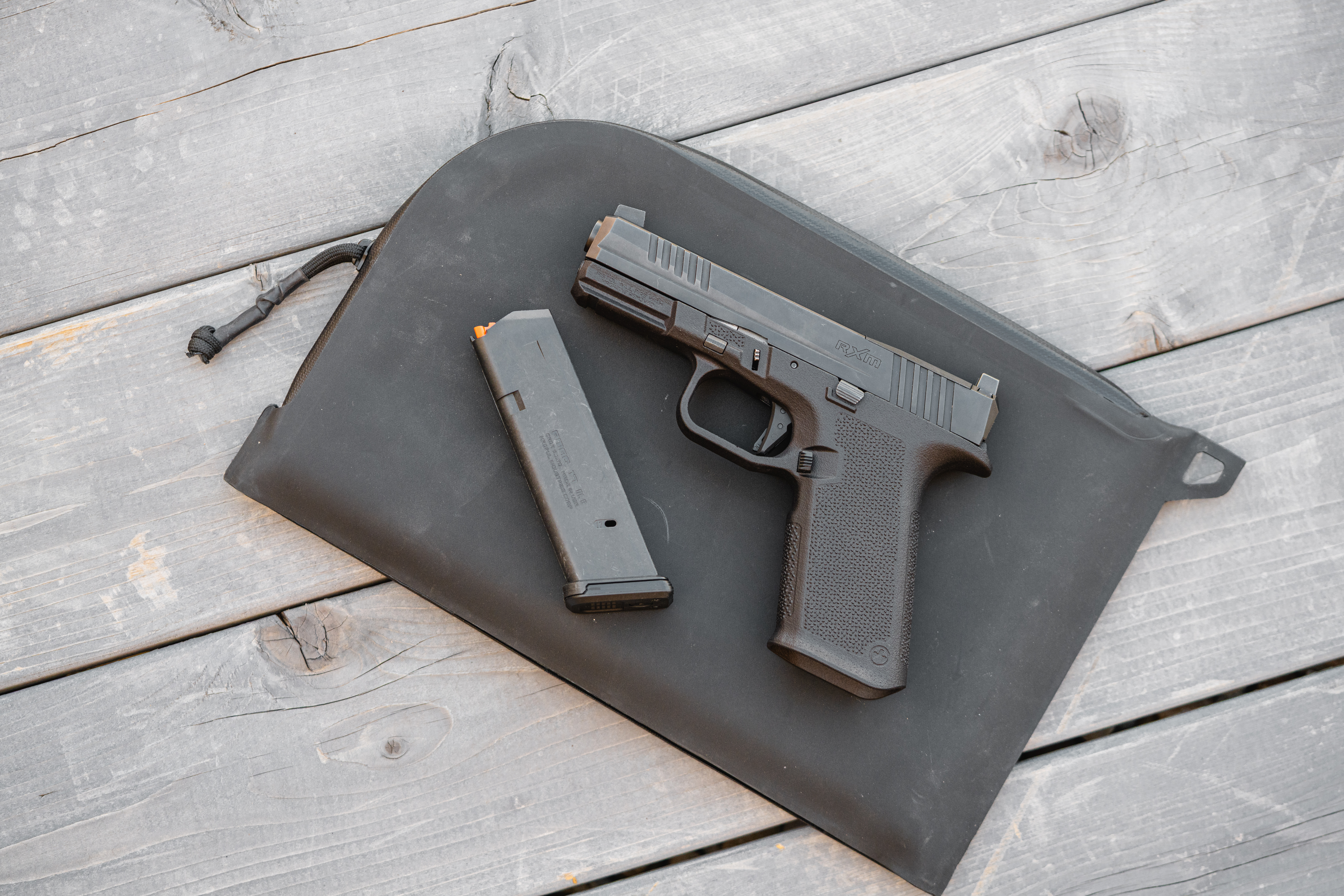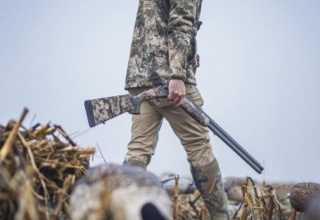For accuracy, high round capacity, and confidence in close- to medium-range encounters, few would argue that the carbine is a solid platform. Here are some considerations and training tips for those who prefer a long arm for defense.
by Bob Campbell
Training is essential. Being all that you can be is a good thing to aspire to in all you do. A good point is mastering the carbine.
I have studied the carbine and its proper implementation for many years but confined a recent poll to events occurring within the year. A conversation with a local officer confirmed that they have used their carbines three times within the past 12 months. The tactical problems would have been difficult to solve with a handgun. One situation involved a fellow attacking neighbors with a machete, darting in and out of homes, and moving quickly. One fellow took cover with a shotgun. Another gentleman was pacing down the street firing into the neighbors’ homes. If you close to pistol range and try to make certain a stray shot won’t impact the neighbor’s day adversely, you are also in his range.
Each event required one shot with the .223. For public safety, a single, accurate shot that takes immediate effect is desirable. Civilians have the same programs and have the problem without backup. I could go into more incidents, but the problem isn’t rare. Consult the news. First, get your mindset squared away. After a recent class, an underachiever commented, “There is about as much chance of me using these skills as being hit by a meteorite.” I raised my trouser leg and pointed out a 9mm pucker. “I guess that was a meteorite,” I replied. And it wasn’t the tooth fairy that sliced my face. It wasn’t for his benefit that I pointed this out. He can’t learn. It was for the benefit of the other trainees.
You must study problems that have occurred to prepare best for the situation you may face. Odds are you will face a home invasion at some point in your life. The threat of takeover gangs is real. It isn’t always a single doper with little offensive skill. Often it is a polished gang. While crime stats are sobering enough, there is a component in the right kind of shooter than demands your personal best. I get it — time and money don’t always come together. On the other hand, if you train with a carbine and get to be good, very good (if not 3-gun contest-winning good), you will be far better prepared for a fight than with any type of handgun. It is the Indian not the arrow. But the equipment has bearing on survival. How safe we are depends upon circumstance and preparation. A carbine heightens our ability to deliver accurate fire compared to a handgun. There are principles to understand that may not apply to the pistol or defense away from the home. Area defense is important. Some of us have valuable gear, livestock, pets, and children about the property. If not, you still have a home that should be protected.
Let’s understand some of the elements for you and against you.
The adversary has an advantage in speed and surprise. They did not give warning they were coming. You must react with speed to defer the attack. You should have the advantage of concealment or cover. Concealment is a cloak; cover is actual protection from bullets. A brick wall may offer protection; a hanging drape is only cover. Use these advantages. If the assailant doesn’t know where you are, you have an advantage.
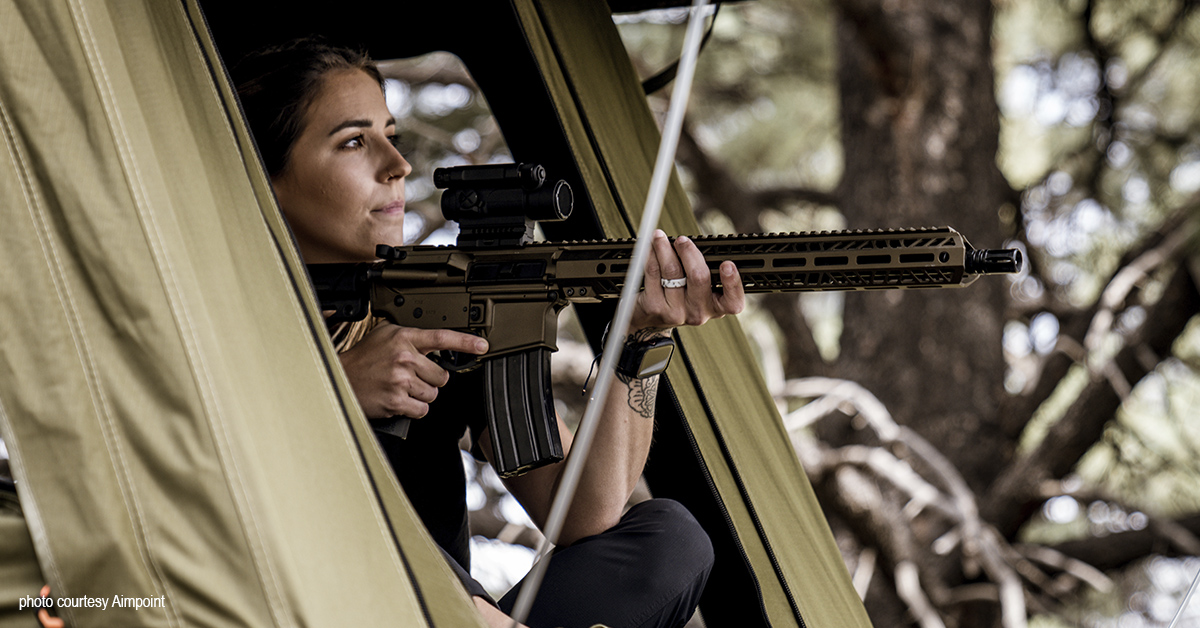
A skill that must be developed is situational awareness. You cannot be blind to your surroundings. You must consider the possible angles of attack. If you have practiced defense against a front door entry and the adversary bashes in a back door or a picture window, you are behind the curve. You may have to fire with the “wrong side.” Bite the lip and get squared away as soon as possible. If you go through life asleep, there isn’t much I can do. And practice firing the carbine with the “wrong hand!”
Dogs are an essential part of life for most of us. If you don’t have time to spend with the animal, don’t make a canine a prisoner. But if you do have time, they are fine pets. They are also good burglar alarms and alerts. Reward them for yapping at the postman through the door and for rushing to the window when family arrives. But if they alert in the home and rush to a doorway — don’t follow. Let them be the scout and take the few seconds they provide to gear up!
The horrible events in Israel underscore the need for training. Unarmed people are pretty much helpless against evil, nor are armed people immune from being overwhelmed, but it is better to be armed. Armed and trained Israelis have racked up impressive body counts in several incidents. If you live near the border or in what we used to call a “busy area,” be all you can be.
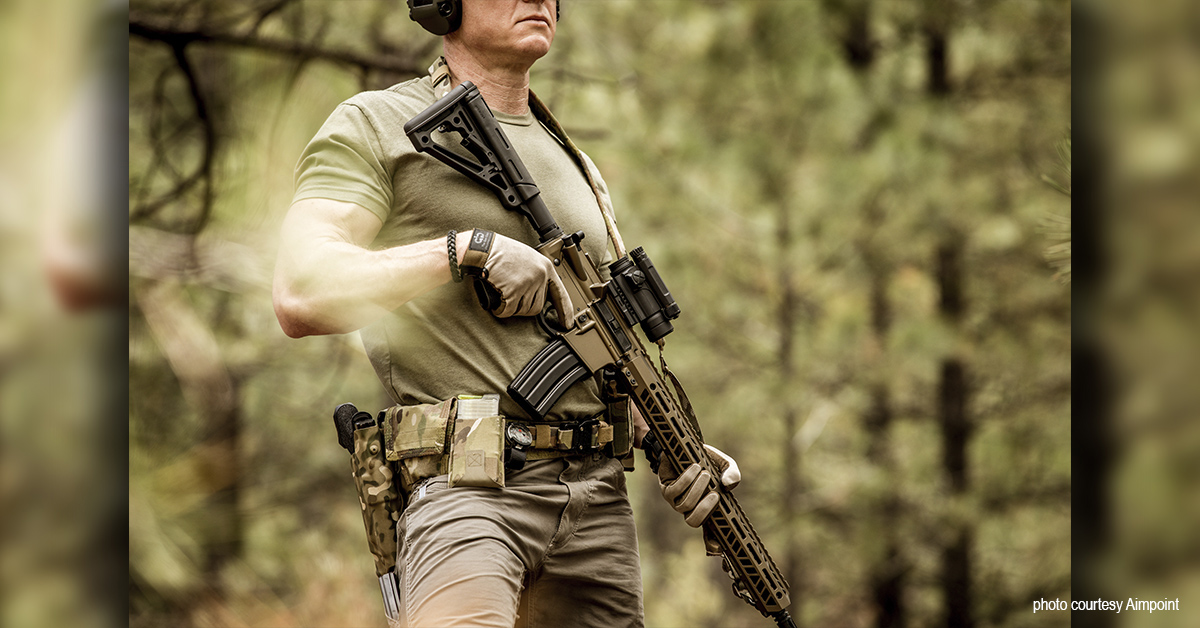
A huge deficiency in students is absolute familiarity with their weapon. Not knowing how to load, field strip, or fire a weapon is a time killer in a class, yet it happens. In self-training, which most of us will do, we must take time to do the groundwork. It isn’t as exciting as firing the piece, but it certainly is a necessary preflight check. Maintaining safety at all times is essential. When engaged in drills or movements, keep the carbine held close and under control. This means two arms for leverage. The finger is off the trigger. The safety should be on during movement — you have practiced safety manipulation a few hundred times, I hope. Always maintain operational control of the carbine.
Next is a concept sometimes called tactical fire control. While I cannot overstate the effects of stress in dangerous situations, it is also true that training takes over. You will fight as you have trained, so let’s hope your training is good. This means controlling your shots. Firing a single aimed shot at center of mass is important. Center of mass isn’t the deep chest area or the arterial region but the center of the target area you have. What is exposed. A leg, a pelvic area, a shoulder. The center of the target is the point of aim to provide the greatest likelihood of a hit. Firing double taps at a threat is fine if the shots are a controlled pair. Remember, if you are exposed, the adversary has the same advantages you have. A center hit is the aiming point for the schooled and unschooled alike. Practice shooting center of mass and be mindful of this observation from Israeli Prime Minister Benjamin Netanyahu: “The most difficult thing in (anti-terror) shooting is not to let go with everything you have.”
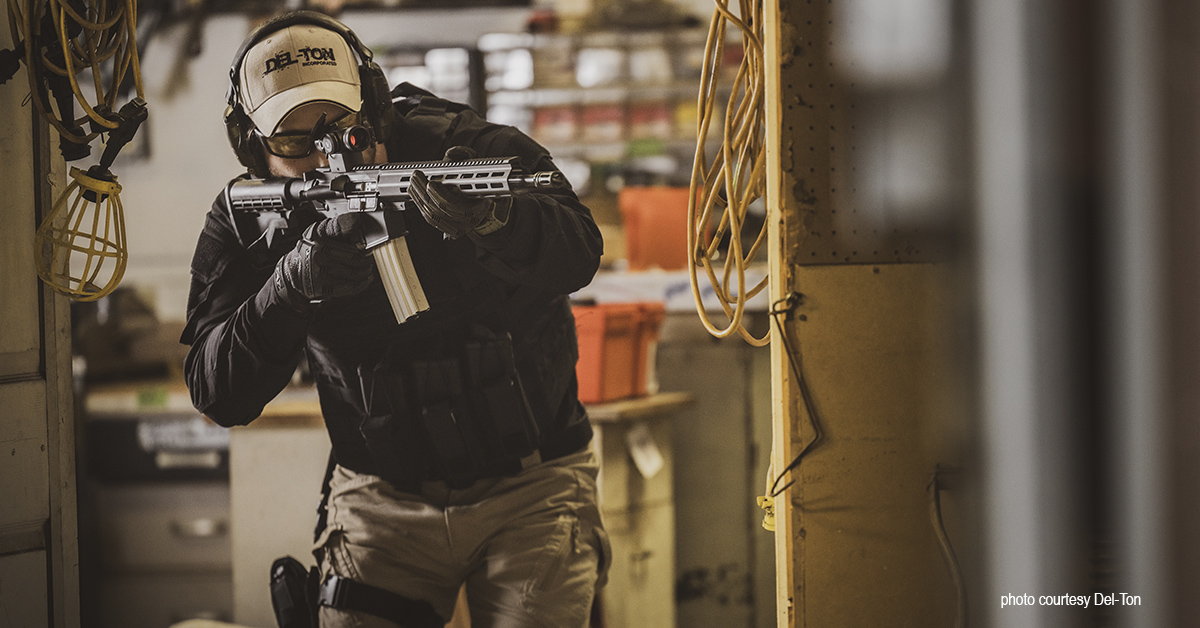
The flight or fight response is understood well and often comes into play in a stressful encounter. A surging heart rate and loss of fine motor skills are part of the fight or flight response. The reaction to danger is simple enough: we either fight or take flight. And fighting means fighting — all out, tooth and nail.
There are three basic reactions I have observed and cataloged.
The first is to confront danger head-on and fight. The second is to flee, which is reasonable in some situations if you are the only one at risk. If family or the young are in danger, fleeing is reprehensible. The third reaction, and the one that must be avoided by rigorous training, is to freeze. Freezing up and not acting at all is the most dangerous of the three most common reactions to stress and danger.
Another reaction sometimes exhibited is to capitulate to the threat. “Here, take my money, don’t hurt me.” Sometimes this works out but overall, a show of weakness doesn’t work in your favor. Training and muscle memory will result in reverting to training in a real emergency, usually, provided there is some stress and exertion introduced into training. Define your goals in training.
Consider this: how would you react without any training? That is a grim scenario.
During training drills, I like to train to block a threat, to shield from attack. As an example, should you face multiple threats, if you are able to move to one side and force the adversaries to attack in line, one at a time, their superior numbers don’t mean as much. It depends on the terrain.
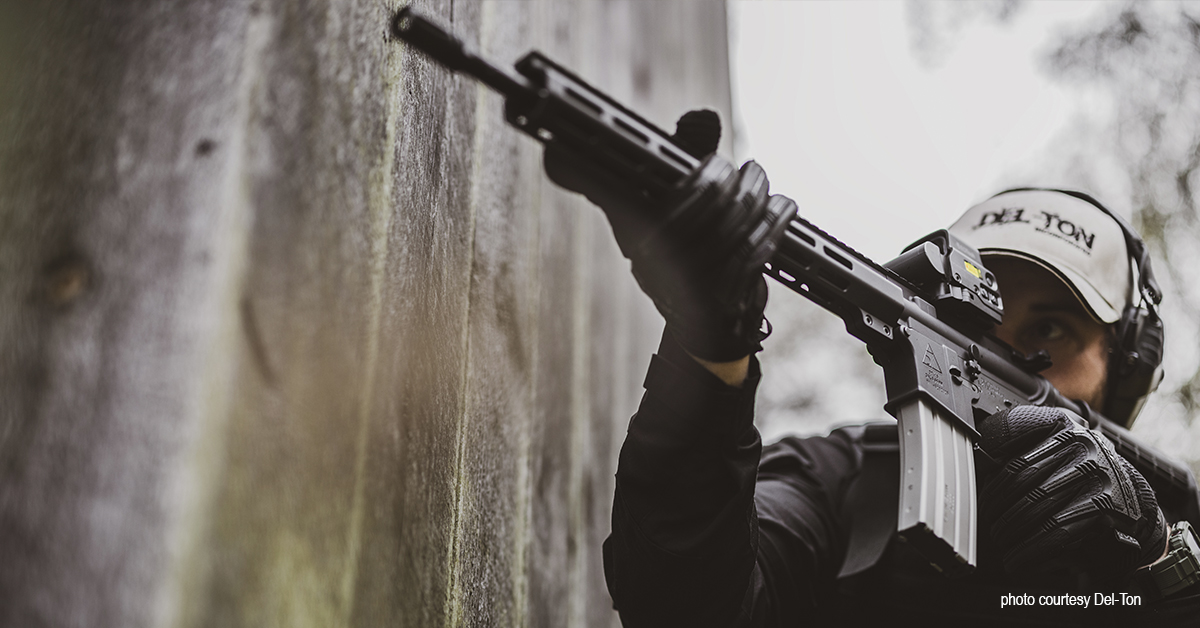
Also, be prepared for an emergency. Lockdowns and run-and-hide are good for unarmed children. If there is no adult to stand and fight, it is a complete embarrassment. Most of the drills I practice are short-range — 7 to 25 yards. This is a good regimen for home security. A home invasion from a vest pocket yard is one thing. But you should also know enough about institutional architecture to understand movement in a mall, school, or large building if that is part of the threat you are concerned with.
I have stressed movement and familiarity with the carbine because those are the real issues at typical engagement ranges. The marksmanship problem isn’t that difficult. I recommend setting up obstacles at the range that promote footwork and movement. Use an unloaded carbine until you have this squared away. Don’t drag the feet, don’t cross the ankles, and move smoothly.
The actual shooting drills are simple enough. Beginning from low ready, bring the carbine to eye level. Both eyes open if you use a red dot sight. The RDS is the preferred tool for engagement in home defense and area defense to at least 50 yards — more if the RDS is a quality unit. Bring the dot up and acquire the target. Fire a shot. The first shot is most important. Fire back-up shots — two shots quickly. Practice the double tap and practice multiple target drills, setting the targets a few yards apart. Give each target two shots and make the run quickly but accurately.
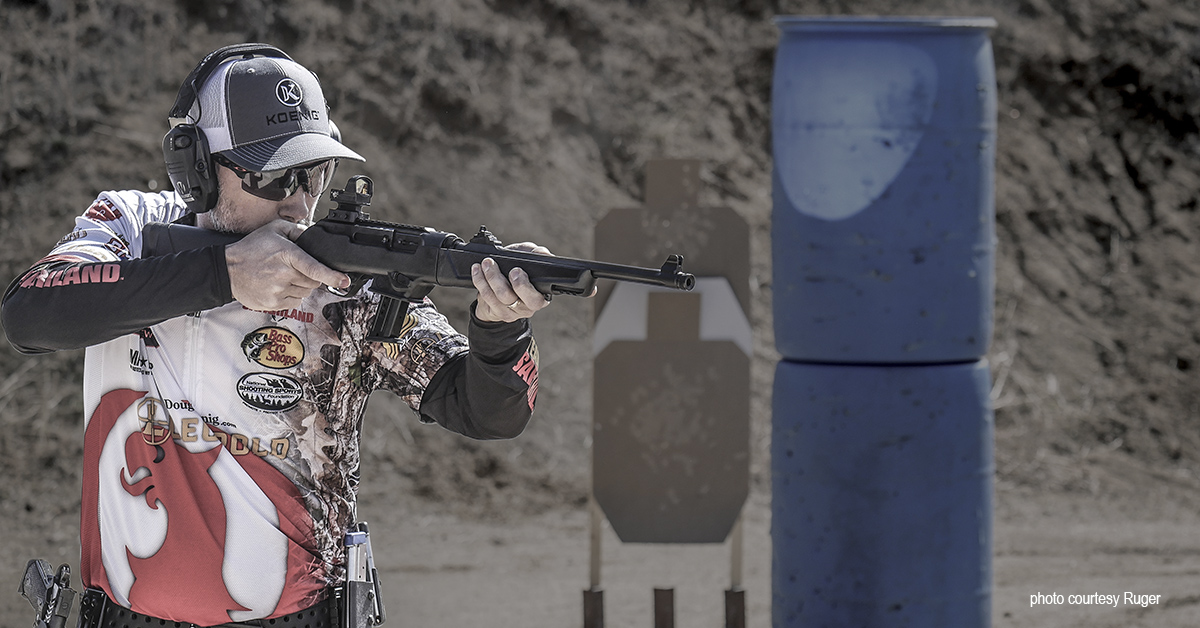
It is much easier to acquire the dot with a carbine than with a pistol. Bring the carbine into the shoulder and get your sight picture. Fire at 15 yards and fire often enough at 25 yards to be certain of your proficiency. If the likely scenario includes longer range shots, fire at 50 yards. Fire from cover and from the open.
A drill I like is to bring the carbine to the shoulder and look over the top of the RDS to get a hit at close range. This is an occluded sight drill. Sometimes the RDS may cloud up or malfunction. If you have not seen an RDS fail, you are definitely in a different congregation than I. Don’t be helpless. Good results may be had with this drill. If you use a standard optical sight such as the Vortex Strike Eagle, practice quickly acquiring the sight by bringing the gun to the shoulder and looking over the top turret then quickly acquiring the reticle. This makes for very fast shooting if you have practiced. The keys are movement and practice with a good trigger press and positive sight picture.
I think speed loading drills are also important as they build familiarity with the carbine. I don’t think you will use the speed load operationally, but then the possibilities are more than the probabilities. Be familiar with the bolt release, safety, and magazine release. Be all you can be and achieve this through drills and repetition.
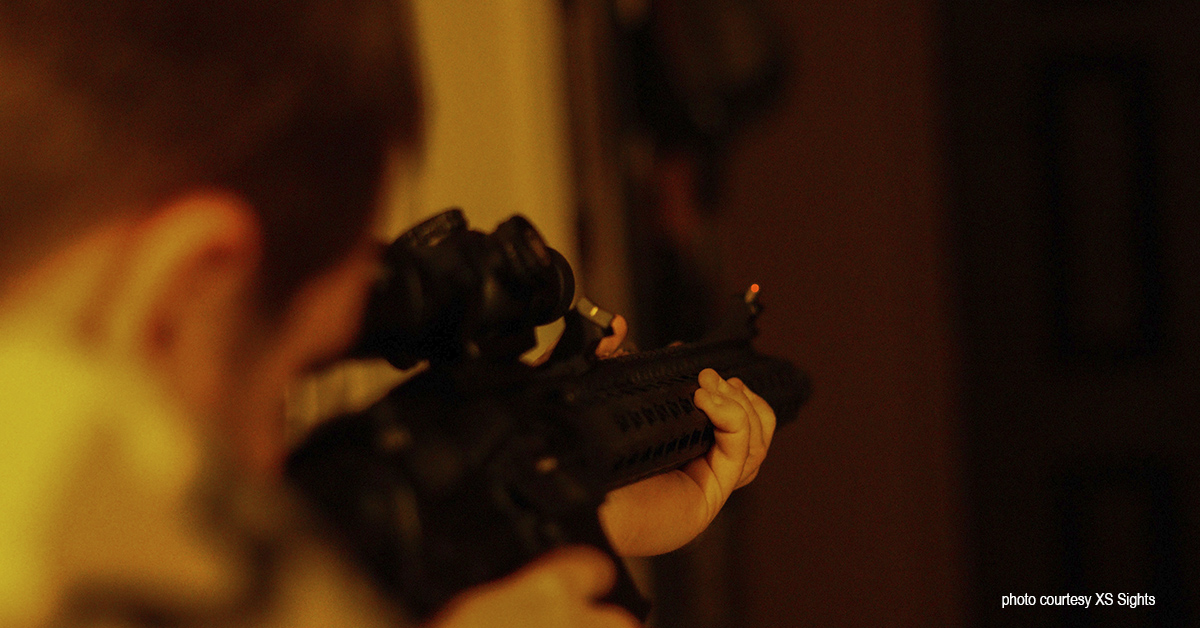
There are decent guns, good guns, and great guns. You should decide whether you go with a 9mm carbine or a .223/5.56mm. The AR-15 type is a model of ergonomics; the folding 9mm carbine a lightweight option easily stowed, affordable, and simple to use.
A sobering realization came about when studying attacks and swarms by bad guys and gangs. Most use 9mm pistols and they cannot shoot well. They spray the area and hit something, often a child. When they have a long gun, they usually have an AR or AK. One fellow killed two people with an AR without sights! While the 9mm carbine is a reasonable choice and one I often deploy, the AR in .223 is proven for wound ballistics.
While some may argue otherwise, an efficient carbine deployed by proficient, trained hands, can be the best choice for home and personal defense work. But as with a handgun or shotgun, deliberate and continual practice in multiple scenarios is essential.

